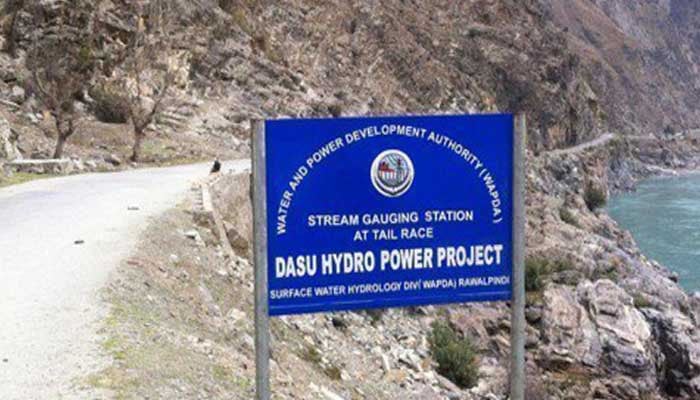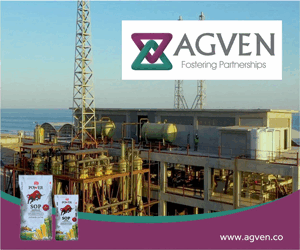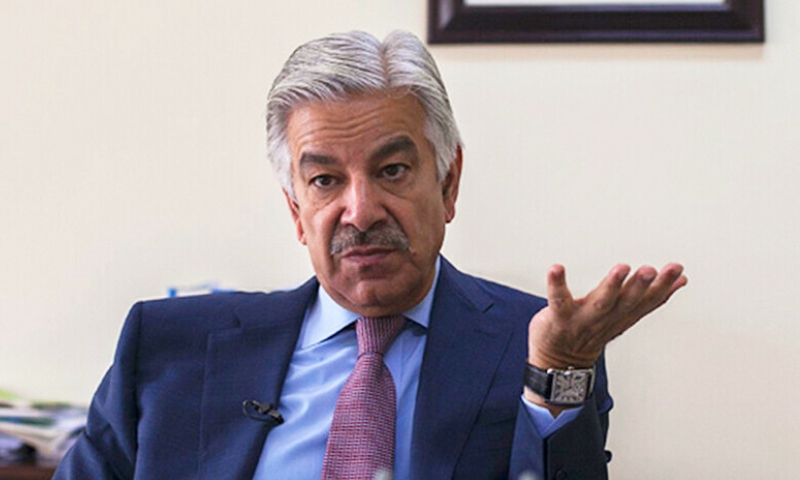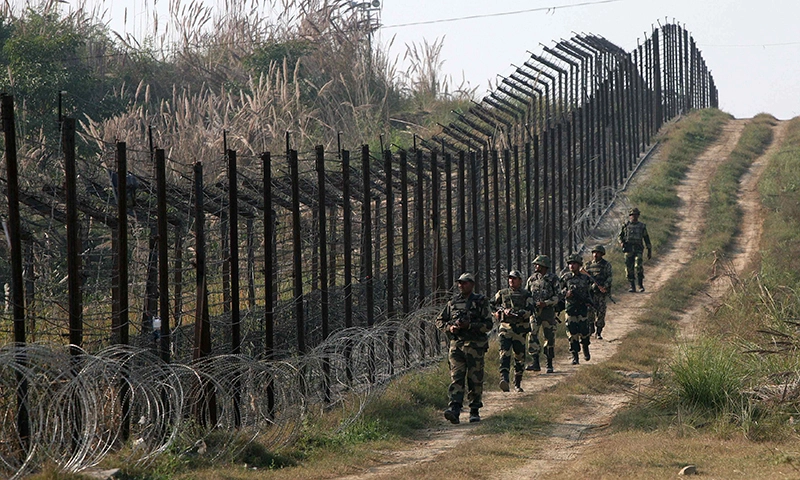- Web Desk
- 34 Minutes ago

Part-II: True cost of hydropower – the underbelly of Dasu dam
-

- Syeda Masooma
- Aug 22, 2024

As of April 2024, Pakistan’s power generation stood at 11,612 MW. Out of this 24 per cent was hydel power. According to the Economic Survey 2023-24, hydropower is counted among the “cleaner sources” of power generation. However, a deeper study into the modes and methods of hydel power will reveal that there are enormous direct and indirect costs associated with the construction of huge dams, which means that they are not economically feasible to society. For the purpose of this piece, we will focus on Dasu dam.
Dasu Hydropower Project is a run-of-the-river initiative on the Indus River, situated 7 km upstream of Dasu Town in the Kohistan District of Khyber Pakhtunkhwa. The project site is 74 km downstream from the proposed Diamer-Bhasha Dam location and 350 km from Islamabad.
Part I: True cost of coal-powered electricity – a closer look at the hidden damage
With a total installed capacity of 4,320 MW, the project will feature 12 generating units. It is a priority project under the National Power Policy 2013 and Vision 2025 of the Government of Pakistan. The implementation of the Dasu Hydropower Project is planned in two stages, each consisting of six units with a capacity of 2,160 MW. Upon completion of Stage I – slated in 2026 – the project is expected to generate approximately 12 billion units of electricity annually.
One of the biggest milestones for the Dasu dam project and consequently one of the biggest losses for the environment came in February 2023, when the mighty Indus River was diverted following the completion of one of the two diversion tunnels. Instead of its natural course, River Indus is now flowing through a 1.33-Kilometer (Km) long diversion tunnel with 20 meter (m) width and 23 m height.
Why is this a problem? Let’s explore it. At the outset, altering the natural flow of water can significantly disrupt the water supply to communities that have relied on these waterways for generations. Such disruptions can, and have, led to the loss of livelihoods as the right to access water is compromised. People who depend on these water sources for grazing animals or irrigating fields can be severely affected, resulting in substantial economic and social repercussions for those communities.
Then there is the construction of the dam, which brings about immediate changes to the river ecosystem upstream.
A 2023 study by ZiZak (Pvt) Ltd – a data research company – titled “A Preliminary Estimation Methodology for True cost of Hydropower” says that as the previously free-flowing river is transformed into an impoundment, changing the habitat from shallow, fast-moving water flow to deeper, slower-moving condition, the aquatic life is also negatively impacted. The natural distinct environments of the rivers support different species that are specifically adapted to their characteristics. This means that when that environment is changed, it also results in a turnover of the plant, invertebrate, and vertebrate assemblages. Furthermore, reservoirs alter the downstream water conditions by modifying the temperature regime.
Climate change: exploring the link between carbon emissions and heatwaves
Reservoirs further impact downstream waters by modifying the temperature regime. They absorb more heat from the sun and retain water for a longer duration compared to a natural river segment, resulting in heat storage. As a result, the temperature of downstream waters can be raised.
Studies also show that if the dams are without provisions for fish passage, they impede the migration of fish along the river, which leads to the loss of habitat availability, potentially causing the disappearance of upstream migratory fish populations and negatively impacting the overall health of the river system.
Shams Kohistani, a resident of Upper Kohistan’s Dasu and a direct affectee of the Dasu Dam project said, “Our land in Barseen, close to the dam’s reservoir, is being submerged by this project. We’ve been told that this is a critical initiative, and we are not allowed to voice our concerns. This argument is being used to buy our precious lands for almost nothing. In the mountainous regions of Kohistan, fertile land is already scarce. WAPDA is buying our land for just Rs. 403,049 per kanal. Our grazing lands and trees are also being bought for only Rs. 6,000–7,000 per tree as a one-time payment. Each of these trees used to support 50–60 goats. Now, they’ll be submerged, and our future is at risk”.
Research indicates that GHG emissions from the Diamer-Bhasha dam on the Indus River could rival those from burning coal for the same amount of energy.
Now let’s discuss some other externalities associated with all dams, not just the Dasu dam project. Dams, when built and operational, release enormous amounts of greenhouse gasses, destroy riverine ecosystems and biodiversity, and also create conflicts between upper and lower riparians, says ZiZak’s study.
Although hydropower dams are often considered beneficial for reducing carbon emissions compared to thermal plants, their overall carbon footprint is significant. While no emissions occur at the turbines, emissions are associated with the construction phase, involving concrete and steel production and diesel-powered machinery. Moreover, during the operational phase, reservoirs behind the dams emit greenhouse gasses (GHGs). The decommissioning phase also adds to the dam’s carbon footprint. For example, research indicates that GHG emissions from the Diamer-Bhasha dam on the Indus River could rival those from burning coal for the same amount of energy.
Another unavoidable impact of building such mega projects is the land acquisition and subsequent displacement, rather forced resettlement, of the indigenous people. Even with all the potential power generation capacity realized, this one factor alone means making the lives of local communities worse than they were before the dam.
Microhydro power: lifeline amidst disasters & a blueprint for RE
Before the forced resettlement begins, people often experience anxiety and stress due to uncertainty about their impending relocation. Those resettled far from their communities lose the social support of close family and friends. Farmers may receive smaller or lower-quality land, or be relocated far from water sources, affecting their income and livelihoods. In many cases, households receive inadequate compensation that may not be enough to replace their lost homes, property, and other assets. Additionally, the submergence of ancestral cemeteries, places of worship, and archaeological sites can destroy cultural heritage, particularly for indigenous people with deep-rooted connections to their lands.
Then there is the challenge of “boom towns” for local communities as well. During the construction phase of these huge projects, several new jobs are created for both skilled and unskilled workers. However, once the project reaches completion, most construction workers depart, which might leave the local businesses in a worse shape than before as well.
Solar power in Pakistan, complete with megapack batteries for 24-hour supply systems is at least 10 times cheaper than hydropower, and can be built 10 times faster.
Dr. Hassan Abbas
Finally, the financial feasibility of mega projects like hydropower dams is becoming increasingly uncertain. The planning of hydropower plants depends significantly on predicted rainfall and river water levels, but with the rapid onset of climate change, the justification for these dams is becoming less convincing. Additionally, the immense investment costs required make it difficult for developing countries like Pakistan to proceed without external financing. With Pakistan’s debt situation already in a precarious state, such projects are becoming financially untenable. Furthermore, since these projects can take ten years or more, they are less attractive for lenders, which translates into unfavourable lending terms as well.
These risks might have been acceptable at a time when solar and wind energy options were not as accessible or affordable as they are today, and without the adverse impacts on local communities. However, today these dams are costing Pakistan significantly more than they are saving on electricity bills.
Transitioning Pakistan’s CFPPs to renewable energy: what’s the hold up?
ZiZak CEO Dr. Hassan Abbas says, “At the end of the day, everything boils down to economy. No one really cares about the mountains, people or the environment. However, hydropower from Dasu doesn’t even make economic sense. Today, solar power in Pakistan, complete with megapack batteries for 24-hour supply systems is at least 10 times cheaper than hydropower, and can be built 10 times faster. Solar is the future, which is getting better and cheaper with every passing year. Hydro is slow, expensive and outdated. It makes no sense whatsoever in a country like Pakistan which has one of the best solar potential in the world. Let there be solar. O’Sole mio!”




